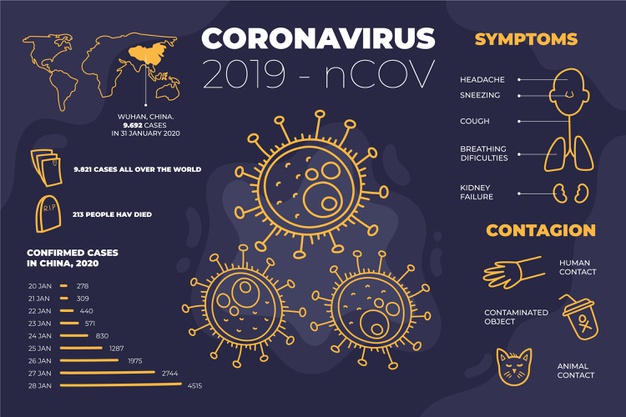What happens during and after a colonoscopy?

A colonoscopy is a medical procedure that lets your doctor look inside your colon and rectum for problems such as ulcers, inflammation, bleeding, polyps and tumors. A colonoscope is the tool used to perform a colonoscopy. It is a thin flexible tube with a light and video camera on the end. It is inserted through the anus into the rectum and is carefully guided up through the colon, all the way to the cecum. The colonoscope can usually be used to enter the very end of the small bowel known as the terminal ileum. The front tip of the colonoscope contains a video camera, which sends real-time images to a computer screen so that your doctor can examine the colon. The front tip also has a light, a channel for water irrigation, a channel for air and water, as well as an instrument channel. The irrigation channel is used to flush water or air in to the colon to remove debris or stool, and see more clearly what the inside of the colon looks like and to check for polyps. Special tools such as tiny forceps or wired loops or snares can be passed through the colonoscope to remove polyps and take samples called biopsy of suspicious tissue in order to look for signs of cancer. A colonoscopy usually takes 30 to 60 minutes and is performed in a hospital or clinic by a trained doctor, known as a gastroenterologist. You will be offered a sedative to help you relax during your colonoscopy and you will be placed on your side for the procedure. Your doctor will carefully insert the colonoscope in to your rectum and advance it to the end of your colon to your cecum. The colonoscope bends, so your doctor can move it around the curves of your colon. Your doctor might gently press on your abdomen during the procedure or ask you to change positions occasionally to help move the scope through the colon. During the entire procedure, a magnified, high definition video from the colonoscope plays on a monitor in real-time, so your doctor can thoroughly examine the lining of your colon. Video may be recorded and photos are taken as well. A small amount of air may be blown into your colon to help expand the passageway so that your doctor can see better. This can make you feel pressure or mild cramping, but can be eased by taking slow, deep breaths. The colonoscope is then slowly pulled out while your doctor carefully examines the inside of your bowel. If your doctor finds polyps or suspicious areas during the colonoscopy, the polyps will be removed and small tissue samples will be taken to be checked for signs of cancer. Polyps are usually not cancerous, but they change into cancer, and that is why they need to be removed. Polyps are removed with biopsy tools, or wire loops that get passed through this scope into the colon. The most common removal technique is called snare polypectomy, where the polyp is surrounded by a wire loop and then an electric current in the wire burns off the polyp. The polyp is then pulled through the instrument channel and collected for biopsy. Other methods are available depending on the size and shape of the polyp. Polyps contain no nerves, so you won’t feel pain during their removal. After your colonoscopy, you will be taken to rest in a recovery room until the effects of your sedation wear off. You may feel some gas or cramping, but this will quickly pass. Because of the sedation used during the procedure, you will need a family member or close friend should drive you home. You should take the rest of the day off and not make any major plans for 24 hours. Before you go home, your doctor will share the results of the colonoscopy with your. If a biopsy was sent to the lab it may take a few days or longer to receive the results. Depending on the number and size of polyps found, as well as how clean your colon looks, based on the quality of your bowel prep cleanout, your doctor will recommend when your next colonoscopy should be done. Your doctor will also provide instructions on the followup care required at home and how to recognize complications in case they occur. Colonoscopy is generally a safe procedure and complications are rare. If a polyp was removed or a biopsy was performed during your colonoscopy, there is a very small risk that you may have small amounts of blood in your stool for a few days afterwards. However, if you experience severe abdominal pain, fever, dizziness, or continued heavy bleeding from your anus, call your doctor right away. You should discuss any questions or concerns you have about your colonoscopy procedure, results and post-procedure with your doctor. Your doctor is there to help you through the procedure.







Comments
Post a Comment